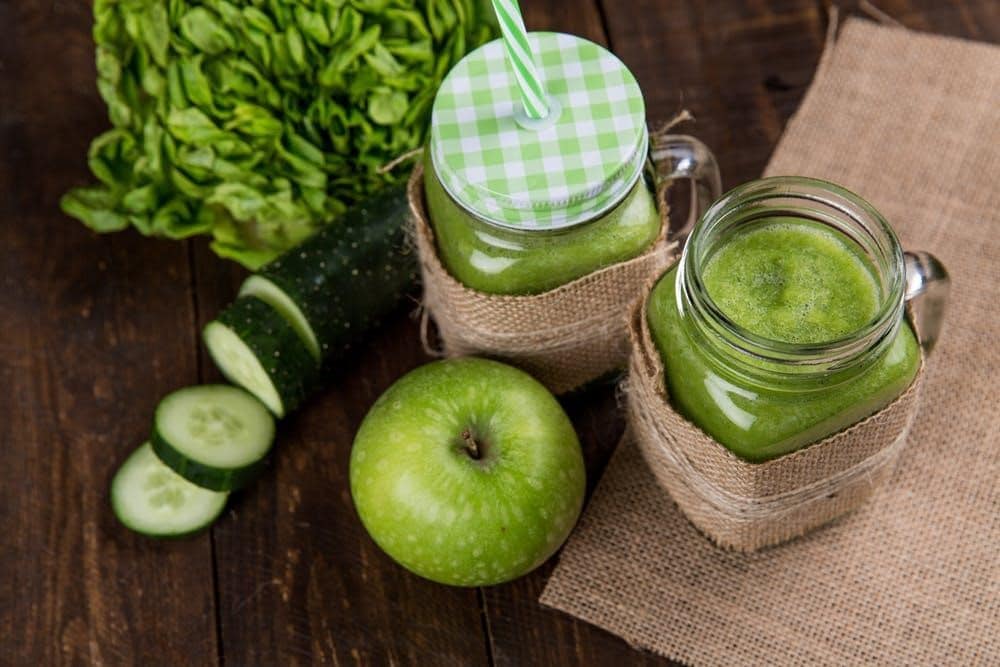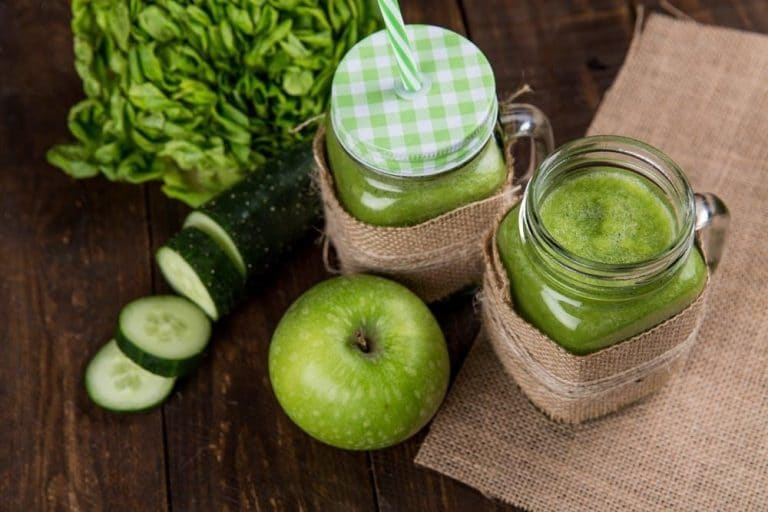
Now that we have all watched the ball drop and welcomed the new year, many of us have also made resolutions. Some of us may want to get fit, lose weight, reflect more or simply just spend more time with the ones we love. Whatever your resolution for the new year, I hope you keep it! The following is some information about the juicing craze, the benefits, the dangers, and more!
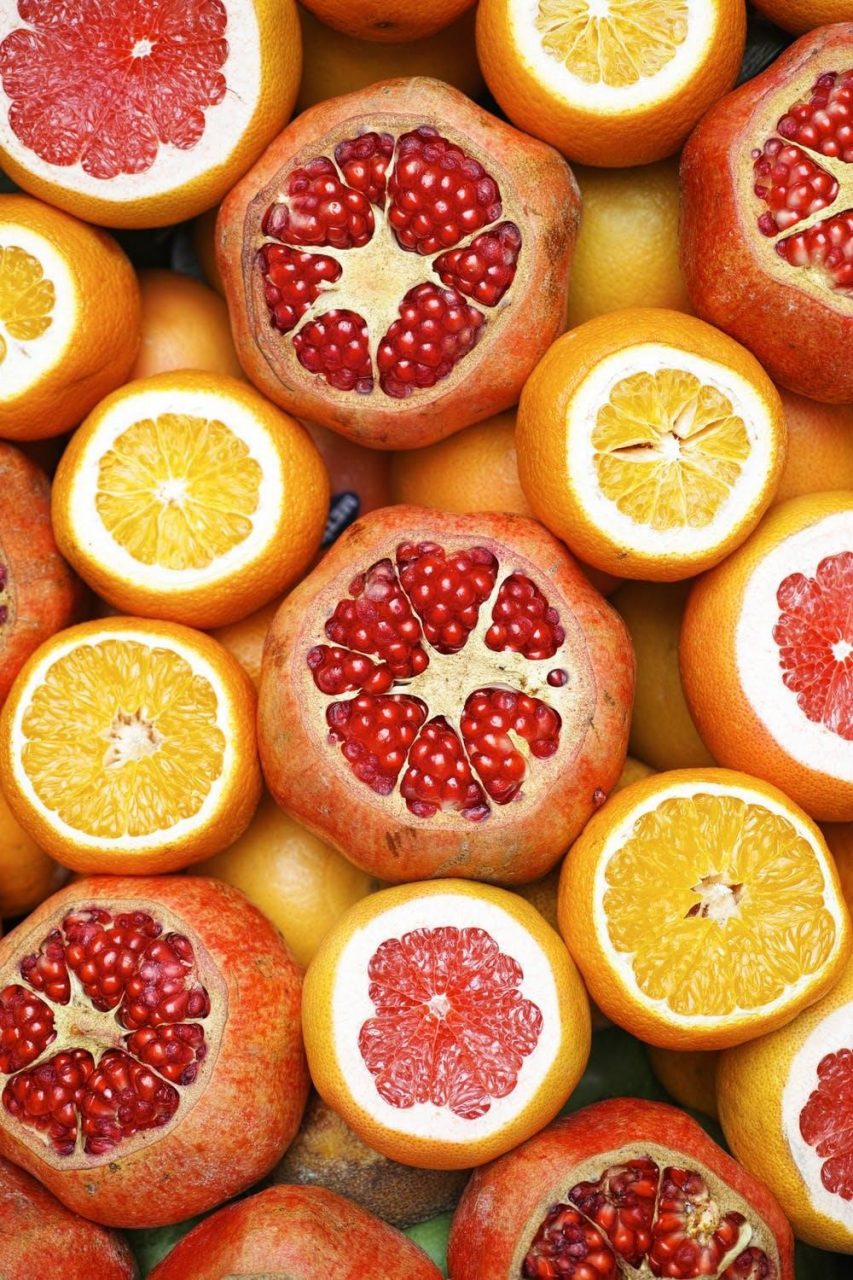
What is juicing?
Juicing is a great way to boost your fruit and vegetable intake! This is particularly true for those that do not enjoy eating fruits and vegetables.
Juicing typically requires the use of a juicer. A juicer is a special small appliance that extracts the natural juices from the fruit or vegetable inserted. However, you can choose to use a blender if you are using mostly whole foods as long as you remove any seeds or stems. For example, you can blend up Apple slices (even with the skin on) as long as the seeds and stems are removed prior. In this case, you may need to add water to reach the desired consistency.
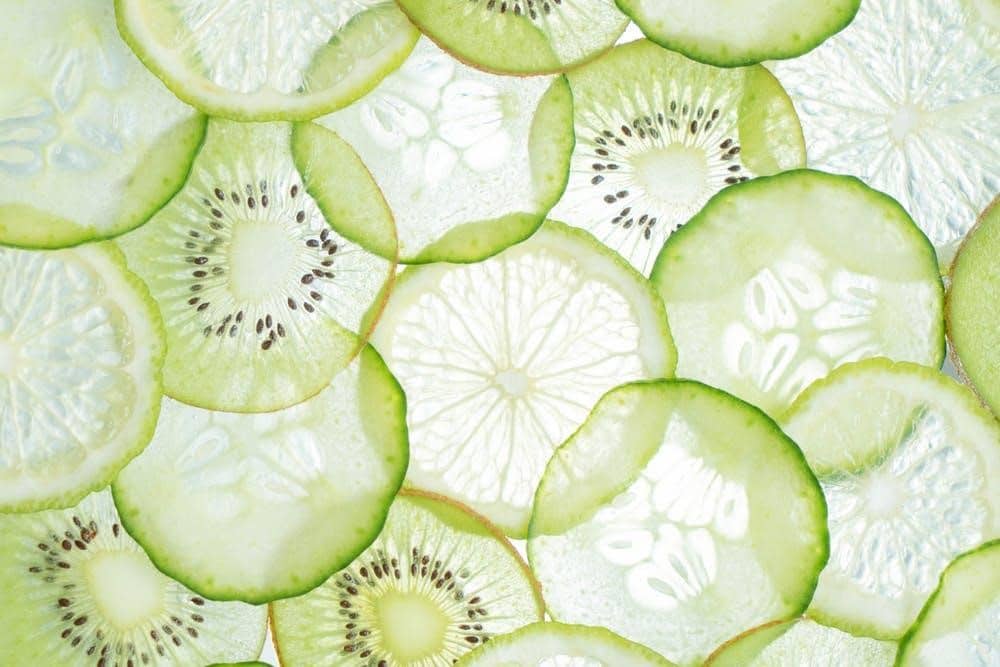
Are there benefits of juicing?
The benefits of juicing are slim. In fact, aside from increasing your fruit and vegetable intake, there is no scientific evidence that a juicing diet improves one’s health, aids in weight loss or served as a “cleanse” for the body.
Some people believe that fruit juices and vegetable juices are more easily absorbed by the body compared to whole foods. However, the truth is that much of the fiber, as well as other beneficial nutrients, are lost when the whole food is not consumed.
Others even believe that juicing can help cleanse their bodies of harmful toxins. There is no scientific evidence at this time to prove that juice cleanses work. In fact, it is the job of your liver and your kidneys to cleanse toxins and waste from the body regardless of whether you are on a juicing diet or not.
Some people also believed that juicing is a great way to reduce their risk of cancer, improve digestion, and boost the immune system. Again, there is no scientific evidence to support these claims.
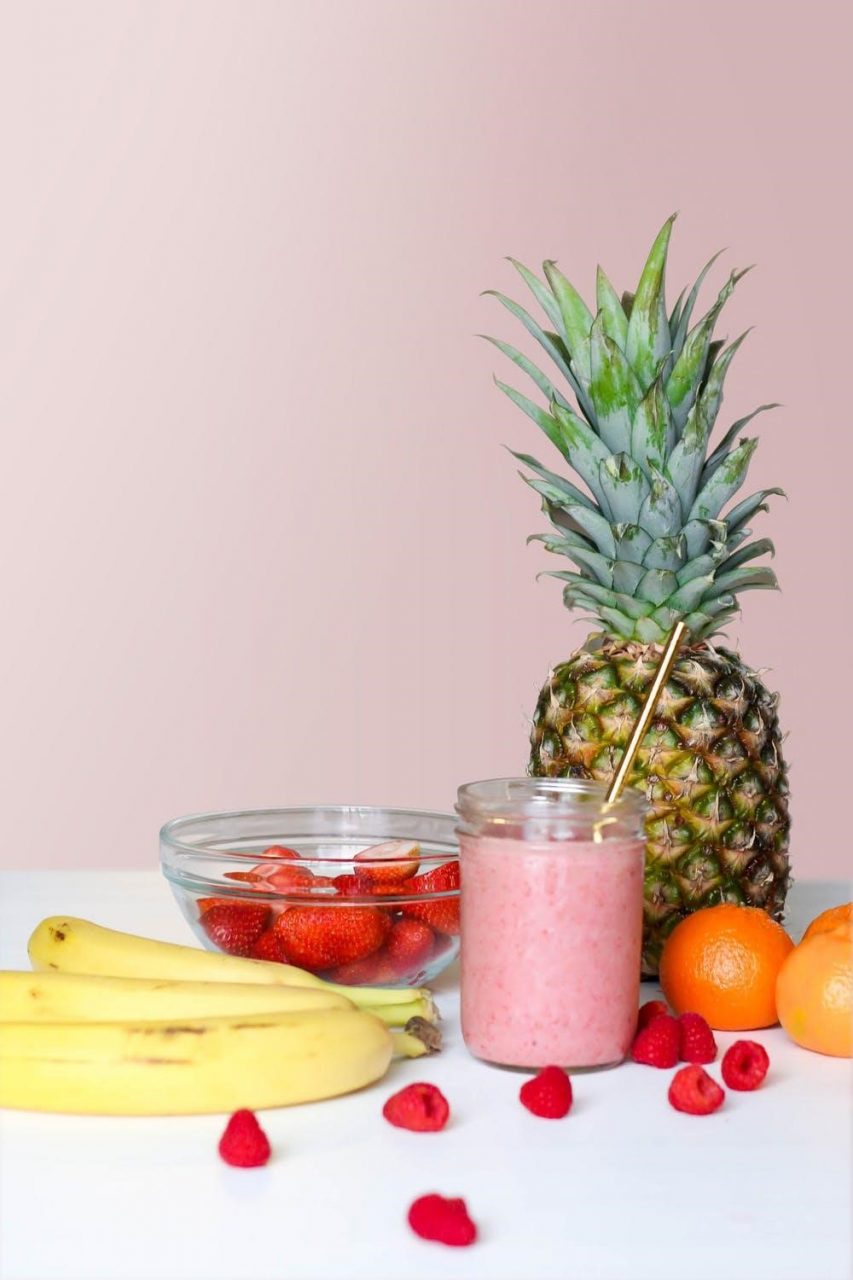
What are the dangers of juicing?
- The first downside to juicing really isn’t a “danger” but more of a point of consideration. Juicing is not likely to boost your fiber intake. Why? While most fruits and vegetables contain a great deal of fiber, the majority of it is found on the outer layer or “skin”. Juicing requires the use of a juicer which removes only the natural juices from the fruit or vegetable and leaves everything else behind. However, as previously mentioned, you can use a blender to make juice as long as the seeds and stems are removed. In this case, you are able to use nearly the entire food including the skin and therefore contain most (if not all) of the fiber content!
- The calories can add up quickly! This is mainly true if you are juicing multiple pieces of fruit for a single drink. Fruits are typically higher in sugar content as well as calories compared to vegetables and they can really add up. It is recommended that you use more vegetables for a juiced drink and juice an apple or other fruit simply to add flavor to the vegetable juice.
- People that commit to a strict juicing diet have said to lose muscle mass, and feel weaker. Some even report gaining weight due to the calories and sugar in the abundance of fruit. They may also gain weight from “falling off the wagon” due to never feeling full or satisfied.
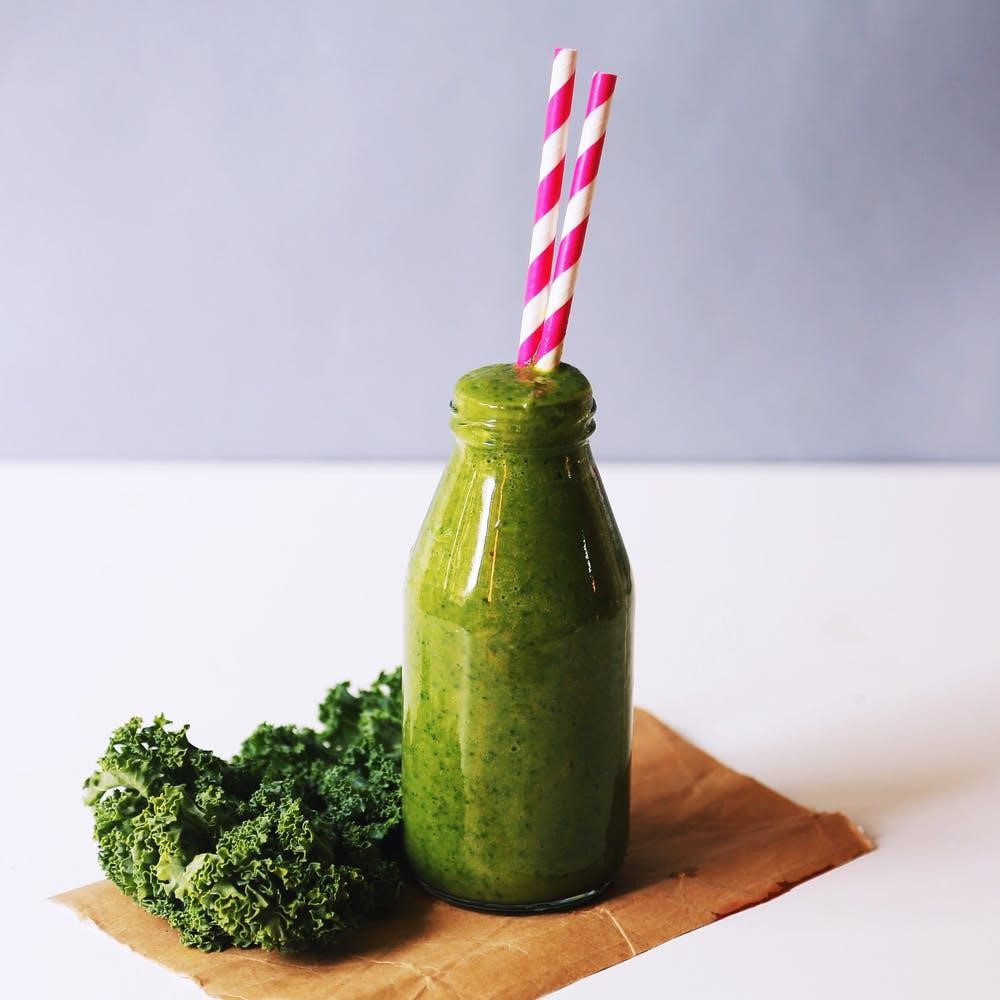
The bottom line is that juicing is likely going to do more harm than good. If your goal is to eat healthier and maybe even lose weight then I would suggest blending whole fruits and vegetables rather than simply extracting the juice.
However, it is important to note that you should not make any dietary changes without talking to your doctor first!![]()
